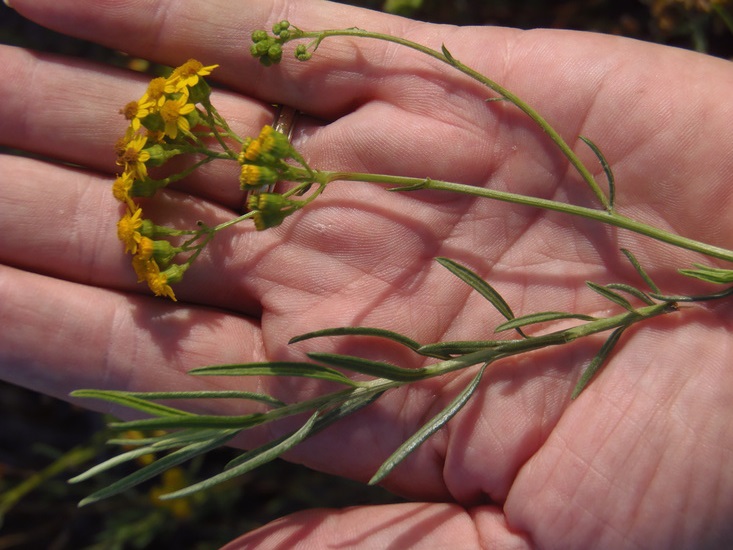Created on: Monday, Mar 21st, 2016
Cannot find information on even basic biology of this species. A literature search brought up only four articles. Australian plant websites had only maps.
Jepson Flora: http://ucjeps.berkeley.edu/eflora/eflora_display.php?tid=82562
The plants in California are S. linearifolius var. linearifolius.
Reviewed and observations added by Ron Vanderhoff, Orange County CNPS. Also reviewed by Mona Robison.
- < 13 : accept (low risk of invasiveness)
- 13 - 15 : evaluate further
- > 15 : reject (high risk of invasiveness)

